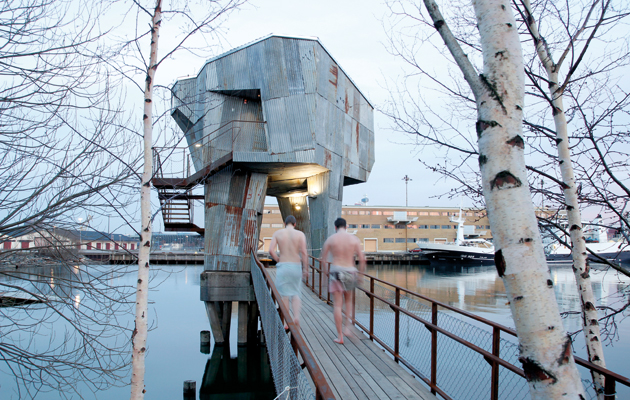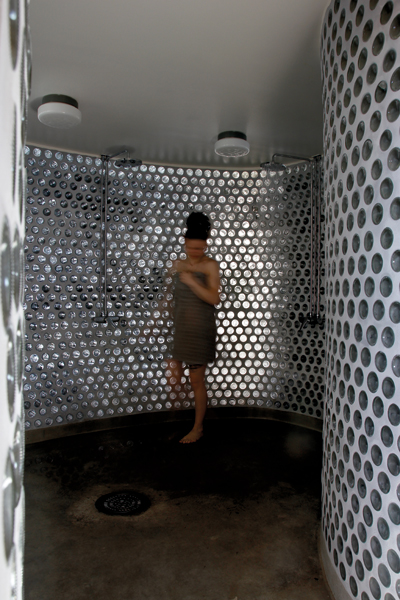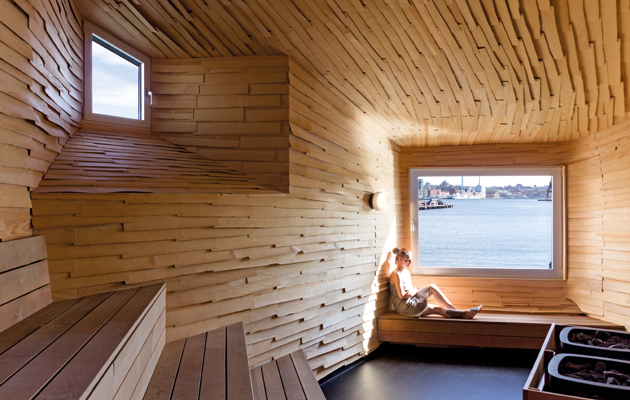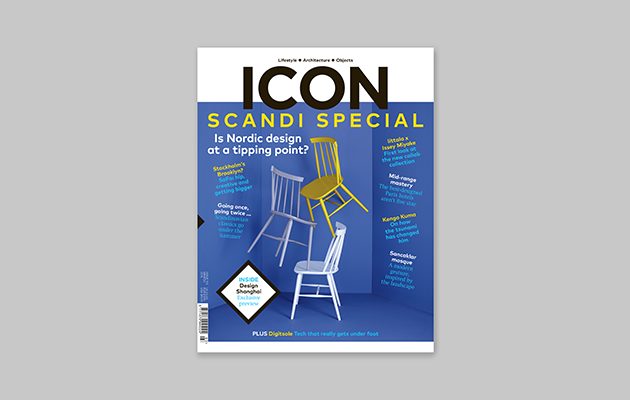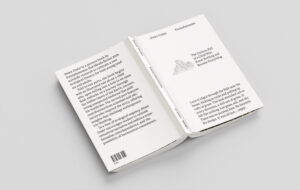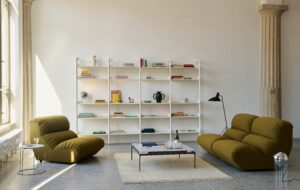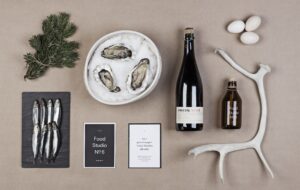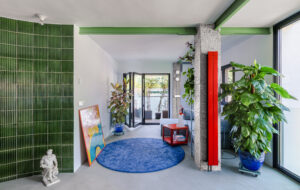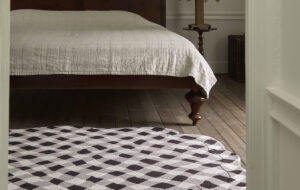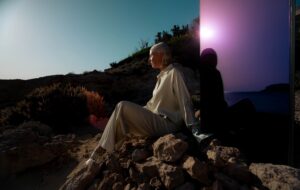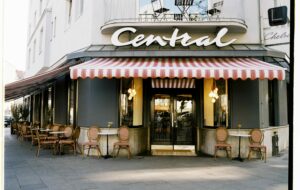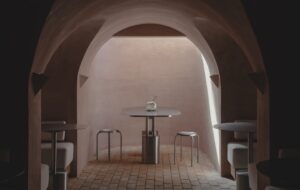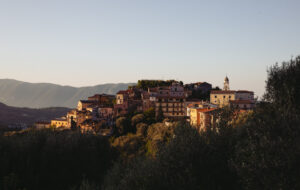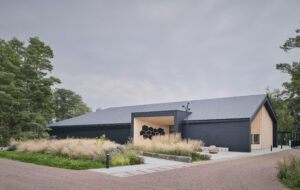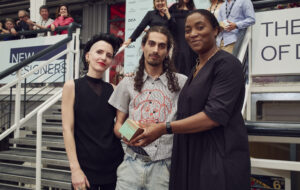|
|
||
|
William Siesjö sweats it out in Raumlabor’s new project, a “bastu” inspired by the harbour’s industrial past – and a place to discuss its future Encircled by the calm waters of a harbour basin and balancing on top of piles driven into the riverbed, the Gothenburg Public Sauna (or bastu in Swedish) overlooks the Gothia River and what was once Scandinavia’s busiest port, now a site of massive urban redevelopment. The creature-like structure – part shack, part sci-fi – is the work of Berlin-based architecture firm Raumlabor, and part of a larger initiative by the city of Gothenburg: the new Jubilee Park.
Recyled bottles have been used to build the changing rooms With a proposed development timeframe of seven years – starting from last year – the park is to be completed to celebrate Gothenburg’s 400th anniversary in 2021. By then, the entire Frihamnen (“Free Harbour”), where the bastu is located, will include 1,000 workplaces and many homes. Though it is not uncommon for town-centre ports in Scandinavia to be redeveloped, what sets Gothenburg apart from, say, Stockholm, is that the city owns most of the land. So, as you would hope, public amenity and communal spaces are taking centre stage. The bastu is just the first part of a public bath project to be completed by Raumlabor, for instance. Clad in corrugated steel from an old industrial shed, the bastu offers a strange sense of scale. Approached from beneath, it comes across as imposing, and yet the experience is at a very human level. In the same way, it plays with the duality of private and public: the act of bathing, something very intimate, versus doing it in a place that could hardly be more exposed. |
Words William Siesjö
Above: Corrugated steel clads the sci-fi-like sauna by Berlin-based architect Raumlabor |
|
|
||
|
The sauna’s interior provides a space for public interaction |
||
|
It is Raumlabor’s intention to go against a modernist way of thinking, where everything has to be new, with the bastu referencing and also, in its reuse of materials, preserving the site’s shipyard past. It is not only the steel that has a story: the entrance to the complex is an old wheeling room from a boat, and the changing rooms are constructed from recycled glass bottles, letting natural light flow through. Sitting in the warm, embracing steam in the shingle-clad interior of the bastu, visitors can contemplate the future of the city through informal chat with friends and strangers. It might be the best way to start the discussion process for the site – and to show that things really can happen. Rather than landing as a one-off event, the little bastu and the project at large challenge the ways that these areas are usually developed in the region. It offers genuine public space, and an architecture that lends the site a character connected to its past – a beautiful move before new apartment blocks transform the area into something unrecognisable. In the end, the project – at its core very much about doing rather than merely discussing – is a prompt for deeper reflection. How can this part of the city, with its docks once defining and pushing the city to grow, redefine what Gothenburg is to become? With the sauna’s success, what could or should be next? |
||
|
The Frihamnen area is the site of huge redevelopment Our current issue is a Scandinavia special. Click the image below for more |
||

